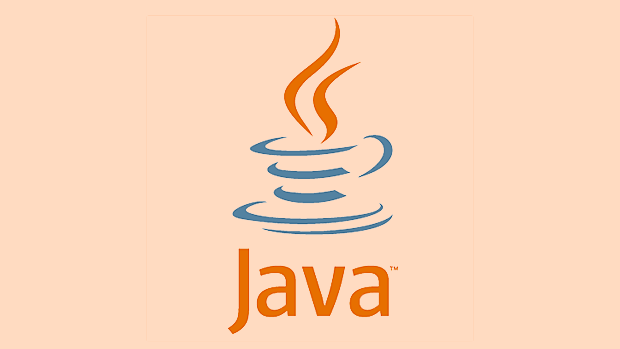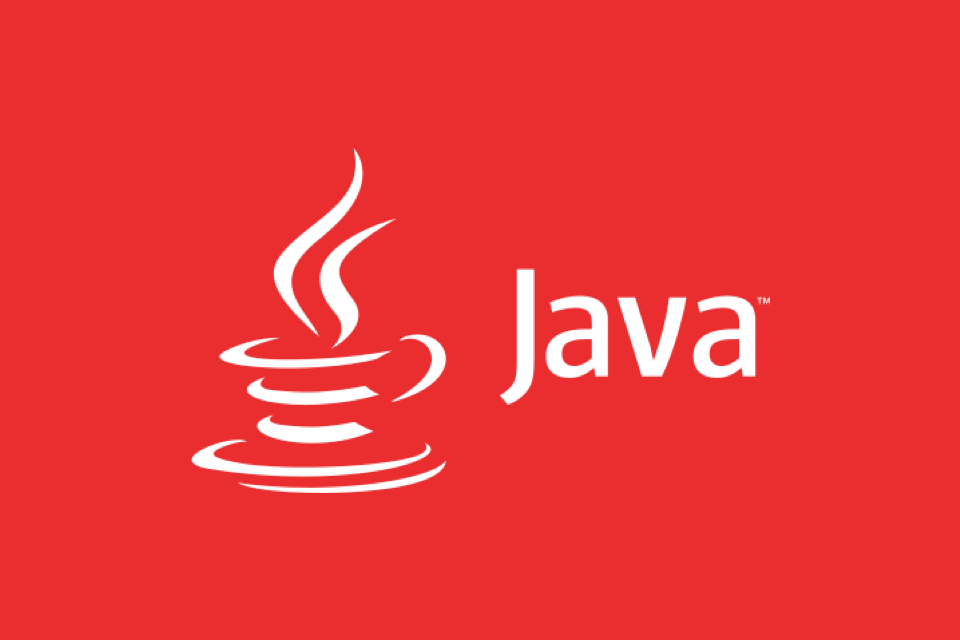Optimizing Java Applications on ARM Processors
Jul 25, 2025 am 01:17 AMTo optimize Java applications on ARM, select a tuned JVM like Azul Zulu or Amazon Corretto, use JDK 17 or later, and test ARM-specific builds. Next, tune garbage collection by switching to ZGC or Shenandoah, monitor GC logs, and optimize heap size. Then, explore native compilation via GraalVM Native Image for faster startup and lower memory use, handling reflection and testing thoroughly. Finally, verify library compatibility, especially for JNI-based dependencies, and prefer Java-only alternatives where possible.

Java applications have been traditionally developed and optimized for x86 architectures, but with the growing popularity of ARM-based systems—like Apple's M-series chips, AWS Graviton instances, and even embedded devices—it’s increasingly important to understand how to optimize Java workloads on ARM.

Here’s what you need to know to get the most out of your Java application when running it on ARM hardware.
JVM Selection Matters More on ARM
Not all JVMs perform equally well on ARM. While OpenJDK is widely used, not every vendor provides optimized builds for ARM. For example:

- Azul Zulu and Amazon Corretto are known to have solid support and performance tuning for ARM.
- GraalVM also has good ARM compatibility and can provide better performance in some scenarios, especially with native image compilation.
You should always check which version of the JVM you're using and whether it's specifically tuned for ARM. Some builds may still be relying on JIT compilers or GC implementations that aren't fully optimized yet.
Also, make sure you’re using a recent JDK version. ARM improvements are being actively added to newer releases, so sticking with JDK 17 or later is recommended.

Garbage Collection Tuning Can Be Different
Garbage collection behavior can vary between x86 and ARM due to differences in memory architecture and CPU caching. The default GC might not be the best choice on ARM.
If you're seeing higher pause times or lower throughput than expected:
- Try switching from G1GC (often default) to ZGC or Shenandoah, both of which are low-pause collectors and scale well on multi-core ARM CPUs.
- Monitor GC logs closely—tools like GCViewer, GCEasy, or JFR (Java Flight Recorder) help spot bottlenecks.
- Heap size matters: On ARM machines with large RAM, don’t assume bigger heaps are always better. Test different sizes and watch for memory bandwidth saturation.
A few quick flags to try:
-XX: UseZGC-
-Xmxand-Xmsset explicitly -XX: PrintGCDetails -Xlog:gc*
Native Compilation Is Worth Exploring
One big advantage of ARM platforms—especially in cloud environments—is cost efficiency. Running lighter, faster-starting services helps maximize that benefit.
Tools like GraalVM Native Image let you compile Java applications ahead-of-time into native binaries. This can reduce startup time dramatically and lower runtime memory usage—both key in containerized or serverless setups on ARM.
However, native image isn’t a drop-in replacement. You’ll need to:
- Handle reflection and dynamic class loading carefully
- Use configuration files or tracing agents to capture runtime behavior
- Test thoroughly—some libraries behave differently when compiled natively
It’s more complex than just running on the JVM, but if fast cold starts or low resource usage is critical, it’s worth investing time into.
Watch Out for Library Compatibility
While most pure Java code runs fine on ARM, issues often come from native dependencies. JNI-based libraries (e.g., for cryptography, compression, or databases) sometimes don’t have ARM-compatible native binaries.
Common culprits include:
- Netty with native transports
- OpenSSL wrappers
- Logging or profiling tools that rely on native hooks
To avoid surprises:
- Check library documentation for ARM support
- Use tools like
jinfoorlsofto inspect loaded native libraries - Prefer cross-platform or Java-only alternatives where possible
If you hit a missing native lib, look for updated versions or consider contributing patches—open source communities are increasingly focused on ARM these days.
That’s basically it. Optimizing Java apps on ARM doesn’t have to be complicated, but it does require attention to JVM choice, garbage collection settings, native compilation options, and dependency compatibility. Keep those areas in mind and you’ll be well on your way to smooth performance.
The above is the detailed content of Optimizing Java Applications on ARM Processors. For more information, please follow other related articles on the PHP Chinese website!

Hot AI Tools

Undress AI Tool
Undress images for free

Undresser.AI Undress
AI-powered app for creating realistic nude photos

AI Clothes Remover
Online AI tool for removing clothes from photos.

Clothoff.io
AI clothes remover

Video Face Swap
Swap faces in any video effortlessly with our completely free AI face swap tool!

Hot Article

Hot Tools

Notepad++7.3.1
Easy-to-use and free code editor

SublimeText3 Chinese version
Chinese version, very easy to use

Zend Studio 13.0.1
Powerful PHP integrated development environment

Dreamweaver CS6
Visual web development tools

SublimeText3 Mac version
God-level code editing software (SublimeText3)
 VSCode settings.json location
Aug 01, 2025 am 06:12 AM
VSCode settings.json location
Aug 01, 2025 am 06:12 AM
The settings.json file is located in the user-level or workspace-level path and is used to customize VSCode settings. 1. User-level path: Windows is C:\Users\\AppData\Roaming\Code\User\settings.json, macOS is /Users//Library/ApplicationSupport/Code/User/settings.json, Linux is /home//.config/Code/User/settings.json; 2. Workspace-level path: .vscode/settings in the project root directory
 How to handle transactions in Java with JDBC?
Aug 02, 2025 pm 12:29 PM
How to handle transactions in Java with JDBC?
Aug 02, 2025 pm 12:29 PM
To correctly handle JDBC transactions, you must first turn off the automatic commit mode, then perform multiple operations, and finally commit or rollback according to the results; 1. Call conn.setAutoCommit(false) to start the transaction; 2. Execute multiple SQL operations, such as INSERT and UPDATE; 3. Call conn.commit() if all operations are successful, and call conn.rollback() if an exception occurs to ensure data consistency; at the same time, try-with-resources should be used to manage resources, properly handle exceptions and close connections to avoid connection leakage; in addition, it is recommended to use connection pools and set save points to achieve partial rollback, and keep transactions as short as possible to improve performance.
 Mastering Dependency Injection in Java with Spring and Guice
Aug 01, 2025 am 05:53 AM
Mastering Dependency Injection in Java with Spring and Guice
Aug 01, 2025 am 05:53 AM
DependencyInjection(DI)isadesignpatternwhereobjectsreceivedependenciesexternally,promotingloosecouplingandeasiertestingthroughconstructor,setter,orfieldinjection.2.SpringFrameworkusesannotationslike@Component,@Service,and@AutowiredwithJava-basedconfi
 python itertools combinations example
Jul 31, 2025 am 09:53 AM
python itertools combinations example
Jul 31, 2025 am 09:53 AM
itertools.combinations is used to generate all non-repetitive combinations (order irrelevant) that selects a specified number of elements from the iterable object. Its usage includes: 1. Select 2 element combinations from the list, such as ('A','B'), ('A','C'), etc., to avoid repeated order; 2. Take 3 character combinations of strings, such as "abc" and "abd", which are suitable for subsequence generation; 3. Find the combinations where the sum of two numbers is equal to the target value, such as 1 5=6, simplify the double loop logic; the difference between combinations and arrangement lies in whether the order is important, combinations regard AB and BA as the same, while permutations are regarded as different;
 python pytest fixture example
Jul 31, 2025 am 09:35 AM
python pytest fixture example
Jul 31, 2025 am 09:35 AM
fixture is a function used to provide preset environment or data for tests. 1. Use the @pytest.fixture decorator to define fixture; 2. Inject fixture in parameter form in the test function; 3. Execute setup before yield, and then teardown; 4. Control scope through scope parameters, such as function, module, etc.; 5. Place the shared fixture in conftest.py to achieve cross-file sharing, thereby improving the maintainability and reusability of tests.
 Troubleshooting Common Java `OutOfMemoryError` Scenarios
Jul 31, 2025 am 09:07 AM
Troubleshooting Common Java `OutOfMemoryError` Scenarios
Jul 31, 2025 am 09:07 AM
java.lang.OutOfMemoryError: Javaheapspace indicates insufficient heap memory, and needs to check the processing of large objects, memory leaks and heap settings, and locate and optimize the code through the heap dump analysis tool; 2. Metaspace errors are common in dynamic class generation or hot deployment due to excessive class metadata, and MaxMetaspaceSize should be restricted and class loading should be optimized; 3. Unabletocreatenewnativethread due to exhausting system thread resources, it is necessary to check the number of threads, use thread pools, and adjust the stack size; 4. GCoverheadlimitexceeded means that GC is frequent but has less recycling, and GC logs should be analyzed and optimized.
 How to work with Calendar in Java?
Aug 02, 2025 am 02:38 AM
How to work with Calendar in Java?
Aug 02, 2025 am 02:38 AM
Use classes in the java.time package to replace the old Date and Calendar classes; 2. Get the current date and time through LocalDate, LocalDateTime and LocalTime; 3. Create a specific date and time using the of() method; 4. Use the plus/minus method to immutably increase and decrease the time; 5. Use ZonedDateTime and ZoneId to process the time zone; 6. Format and parse date strings through DateTimeFormatter; 7. Use Instant to be compatible with the old date types when necessary; date processing in modern Java should give priority to using java.timeAPI, which provides clear, immutable and linear
 Understanding the Java Virtual Machine (JVM) Internals
Aug 01, 2025 am 06:31 AM
Understanding the Java Virtual Machine (JVM) Internals
Aug 01, 2025 am 06:31 AM
TheJVMenablesJava’s"writeonce,runanywhere"capabilitybyexecutingbytecodethroughfourmaincomponents:1.TheClassLoaderSubsystemloads,links,andinitializes.classfilesusingbootstrap,extension,andapplicationclassloaders,ensuringsecureandlazyclassloa






